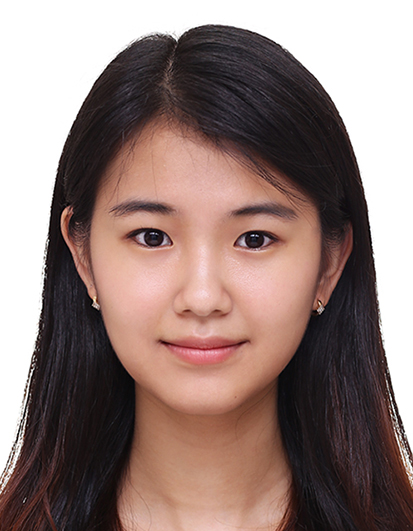
Impact of acute kidney injury on graft outcomes in deceased donor kidney transplantation: A nationwide registry-based matched cohort study in Korea
Jane Ha1, Cheol Woong Jung2, Joong Kyung Kim3, Chan-Duck Kim4, Ji Won Min5, Jaeseok Yang6, Curie Ahn6.
1Department of Medicine, Korea University College of Medicine, Seoul, Korea; 2Department of Surgery, Korea University Anam Hospital, Seoul, Korea; 3Department of Internal Medicine, Bongseng Memorial Hospital, Busan, Korea; 4Department of Medicine, Kyungpook National University Hospital, Daegu, Korea; 5Division of Nephrology, Department of Internal Medicine, Bucheon St. Mary's Hospital, Bucheon, Korea; 6Department of Nephrology, Seoul National University Hospital, Seoul, Korea
KOTRY study group.
Introduction: Kidney transplantation (KT) from deceased donors with acute kidney injury (AKI) is widely performed in Korea due to increasing demands of KT and relatively unchanged donor pool. However, data on the clinical outcome of KT from the donors with AKI are limited in the Korean population. This study aimed to investigate the impact of AKI on graft outcome in deceased donor KT using Korean cohort data.
Materials and Methods: This is a retrospective cohort study using the cases of KT from deceased donors which were registered in the Korean Organ Transplant Registry (KOTRY) between April 2014 and December 2017. Propensity score matching (1:1) was used to match KTs from donors with AKI (defined as serum creatinine of ≥2.0 mg/dL), to KTs from donors without AKI. Two groups were compared in regard to baseline donor and recipient characteristics, and transplantation factors. Association of AKI donor with graft survival, delayed graft function (DGF), acute rejection and estimated glomerular filtration rate (eGFR) at 6 months, 1 year, 2 years, and 3 years after KT was evaluated.
Results and Discussion: Among 1,299 KT cases identified from the registry, 275 pairs of cases from AKI donors and non-AKI donors were matched 1:1 based on propensity score calculated using donor characteristics – age, sex, height, weight, presence of diabetes, presence of hypertension, and cerebrovascular death. The median follow-up duration was 3.52 years. Serum creatinine of donor (3.55±1.44 vs 1.05±0.44 mg/dL, p<0.001), kidney donor risk index (KDRI; 1.66±0.40 vs 1.42±0.38, p<0.001) and kidney donor profile index (KDPI; 75±18 vs 61±22%, p<0.001) were significantly different between AKI and non-AKI donor groups. The use of Anti-thymocyte globulin for the induction were more common in AKI donor group (44.7 vs 24%, p<0.001). Incidence of DGF was higher in AKI donor groups with statistical significance (24.5 vs 6.18%, p<0.001), and that of biopsy confirmed acute T cell- and antibody-mediated rejection were not significantly different (8 vs 7.27%, p=0.748; 2.91 vs 5.45%, p=0.136, respectively). There was no statistically significant difference in eGFR measured at 6 months (53.3±20.6 vs 55.9±23.4 mL/min/1.73m2, p=0.172), 1 year (55.2±19.9 vs 57.3±22.7 mL/min/1.73m2, p=0.279), 2 years (56.5±20.2 vs 60.6±22.8 mL/min/1.73m2, p=0.064), and 3 years (55.7±19.3 vs 60.3±22.2 mL/min/1.73m2, p=0.099) between two groups. The survival analysis demonstrated no difference in the incidence of graft failure between two groups (p=0.330).
Conclusion: Although KT from deceased AKI donor showed significantly higher incidence of DGF, the graft outcomes between AKI and non-AKI donor groups were comparable. These findings from a Korean cohort support the validity of the use of kidneys from AKI donors. Even so, close monitoring of graft function after KT from AKI donor is required given that difference in eGFR between KT from AKI and non-AKI donors increased at each time point.
This research was supported by a fund(2014-ER6301-00, 2014-ER6301-01, 2014-ER6301-02, 2017-ER6301-00, 2017-ER6301-01, 2017-ER6301-02) by Research of Korea Centers for Disease Control and Prevention.